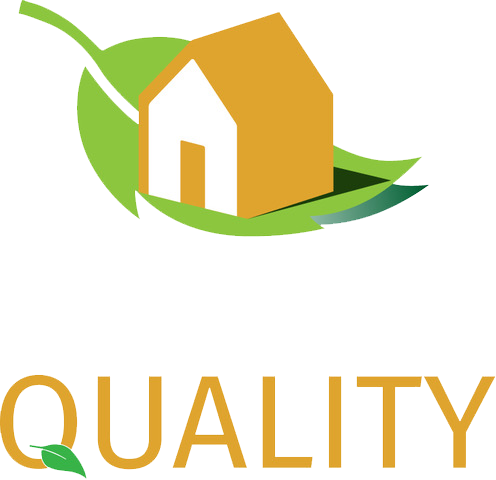SSSAP Calculations for New Dwellings
SAP calculations measure two critical elements for dwellings in England: the Dwelling Emission Rate (DER) and the Dwelling Fabric Energy Efficiency (DFEE). These measurements compare to a Target Emissions Rate (TER) and a Target Fabric Energy Efficiency (TFEE) rate. Both the DER and DFEE must be lower than the target rates to ensure compliance.
When making SAP calculations, consider several factors, including:
- Construction materials
- Insulation
- Heating efficiency
- Fuel type
- Ventilation
- Lighting
- Location and orientation of the property
- Any exposure to sunlight via openings such as windows
- The use of renewable energy
- Air leakages
SAP Calculations for New Dwellings
An accredited SAP assessor performs SAP (Standard Assessment Procedure) calculations for new dwellings. This trained professional uses specialised software to evaluate the energy performance of a property. The assessor relies on detailed plans, drawings, and specifications submitted during the design process of the property. These documents provide essential information about the building’s structure, materials, and systems, which are crucial for accurate calculations.
The software used by SAP assessors includes at least 140 input fields, covering various aspects of the building’s design and energy usage. Therefore, the more comprehensive the information provided to the assessor, the more precise the SAP calculation will be. This ensures that the energy performance assessment reflects the true characteristics of the property.
Importance of Accurate Information for SAP Calculations
Ensure all information provided to the SAP assessor is accurate and complete. If the design does not pass the SAP assessment, the property may not meet the required energy performance standards. In such cases, make changes to the design before construction can commence. This might involve altering materials, improving insulation, or adjusting heating and cooling systems to enhance energy efficiency.
Furthermore, inform the SAP assessor of any modifications made to the property’s design during construction. These changes can impact the SAP calculations, potentially altering the property’s energy performance score. Consequently, keeping the assessor updated ensures that the final SAP rating accurately reflects the completed building.
Understanding SAP Calculation Score
SAP calculations result in a score ranging from 1 to 100+. This score represents the property’s energy efficiency, with lower scores indicating higher energy costs. A property with a score of 100 is considered net zero, meaning it produces as much energy as it consumes. Buildings with scores above 100 are net exporters of energy, generating more energy than they use.
The SAP Calculation score directly links to the Energy Performance Certificate (EPC) score for each property. The EPC provides a standardized measure of a building’s energy performance, which is important for prospective buyers, renters, and regulatory compliance. Therefore, a high SAP score can enhance the property’s market value and appeal by demonstrating superior energy efficiency.





